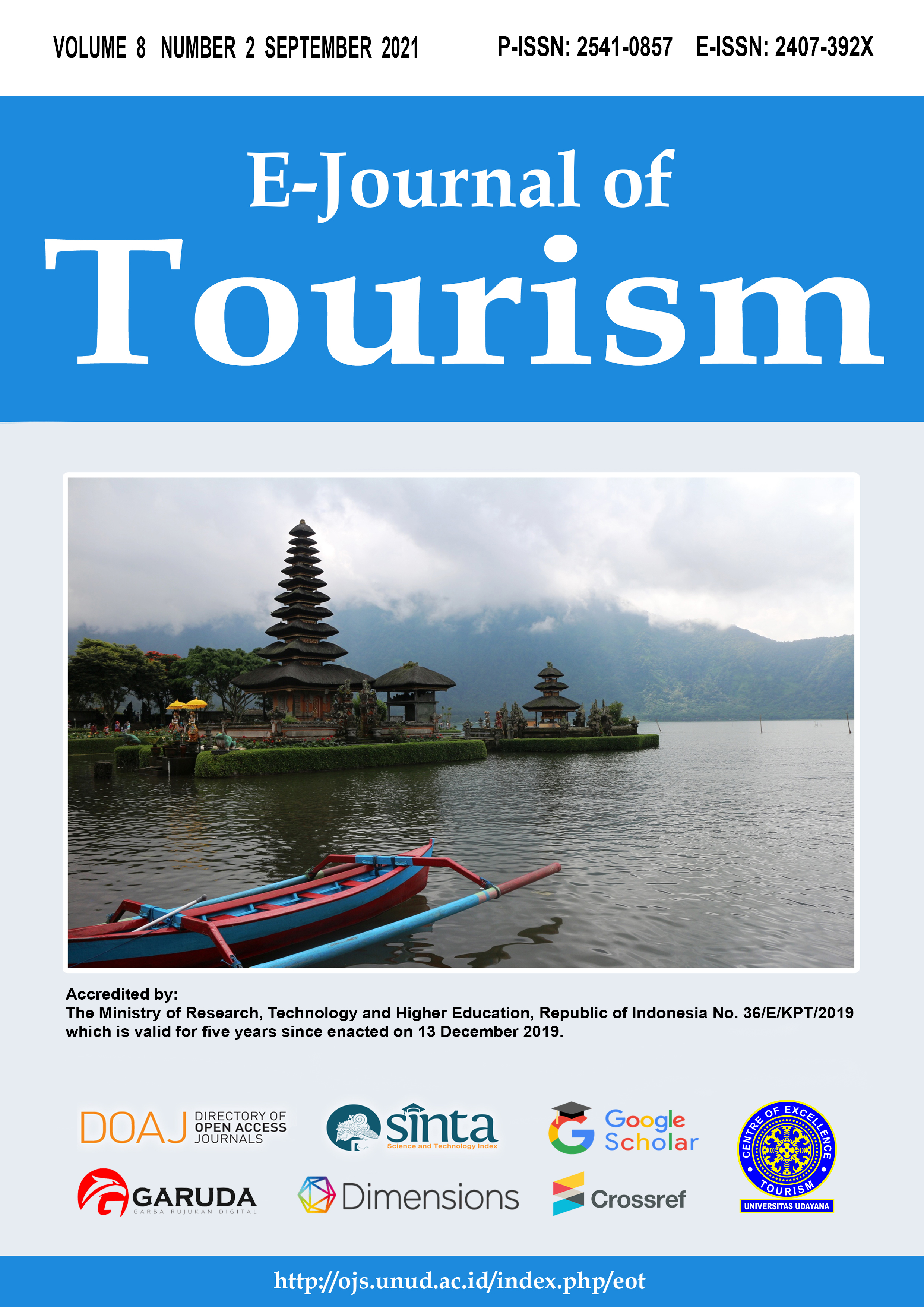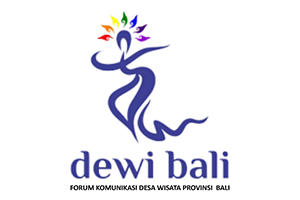Recreation Opportunity Spectrum Analysis of Strategic Area Tourism Destination Pelang Region
Abstract
Tourism planning and development should be adjusted based on regional characteristics and applicable policies, but over time, tourism planning often pays less attention to the carrying capacity of the region. So there is a need for an analytical study of tourism planning that is tailored to the characteristics of the region to create sustainable tourism. This research was conducted at the Pelang Regional Tourism Destination, Trenggalek Regency using Recreation Opportunity Spectrum Analysis and the concept of Attractions, Amenities, Access, Ancillary to see tourism potential. The research methodology used is Qualitative Description with the methods of collecting observation data, documentation studies and in-depth interviews. Tourism development in the Pelang Regional Tourism Destinations based on regional tourism development planning is included in the concept of natural tourism development with collaborative management between stakeholders, but in the current development implementation when viewed from the Recreation Opportunity Spectrum analysis there is no clear management system and the Pelang Tourism Destinations are classified as the characteristics of semi-primitive areas have not paid attention to aspects of appropriate land use functions, especially in the development of tourism supporting infrastructure.
Downloads
References
Boniface, Brian and Cooper, C. (2014) Worldwide Destinations: The Geography of Travel and Tourism Fifth Edition. Elsevier Ltd.
Brown, P. J. (1982) ‘Recreation opportunity spectrum with implications for wildlife-oriented recreation’.
Burkart, A. J. and Medlik, S. (1974) ‘Tourism: Present, Past, and Future’. London: Heinemann.
Camilleri, M. A. (2018) Travel marketing, tourism economics and the airline product: An introduction to theory and practice. Springer.
Cooper, C. (2016) Essentials Of Tourism Second Edition Edition Second. Pearson Education Limited.
Lickorish, L. J. (1997) ‘Travel statistics—the slow move forward’, Tourism Management, 18(8), pp. 491–497.
Newsome, D., Moore, S. A. and Dowling, R. K. (2013) Natural Area Tourism Ecology, Impacts and Management 2nd edition. Channel View Publications.
Page, S. J. (2019) Tourism Management. Routledge.
Setiadi, E. M. and Kolip, U. (2011) Pengantar sosiologi: pemahaman fakta dan gejala permasalahaan sosial: teori, applikasi dan pemecahannya. Kencana.
Sharma, K. (2014) Introduction to Tourism Management. Tata McGraw-Hill Education.
UNWTO (2005) Making Tourism More Sustainable - A Guide for Policy Makers.
Wiranatha, A. S. (2015) ‘Sustainable Development Strategy For Ecotourism at Tangkahan, North Sumatera’, E-Journal of Tourism, 2(1), pp. 1–8.

This work is licensed under a Creative Commons Attribution 4.0 International License.
The copyright of the received article shall be assigned to the journal as the publisher of the journal. The intended copyright includes the right to publish the article in various forms (including reprints). The journal maintains the publishing rights to the published articles.




















